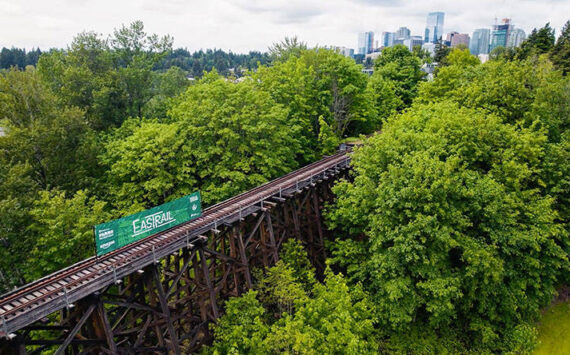Coast Guard in 1999-2000 innitiated a series of preseason vessel checks. Monitoring stability book compliance.All of the commercial fishing vessels 79 feet of length has to be checked.4 firms that check.Pot carrying limitation of vessels.BAllast, fuel oil, water in tanks.That crab season, our guys went out to dutch harbor. Asked to see stability book. What they found initially was that they were using 500 lb cages, were then using 800 lb crab cages.Accurately reflected conditions that existed.Where there was a mismatch, kept vessels from operating.In the course of that one season, aveage number of fatalities went from 8 a year to 1 a year.That really had it had a huge impact of safety in t he industry from vessel loss, by overloading.Before was a derby fishery. Who won was the boat that had the most potsCrab rationalization in 2005-2006. Quota.Vessel losses didn’t show difference. But injuries showed a difference.Number of pot pulls a day was drastically reduced. Crews weren’t being worked at quite the ferverish pace as back in the derby days. Seasons become longer, but deliveries are managed around weather and icing. Concern that race to fish has now been eclipsed by race to deliver.A boats in 1983. Patrick Dillan wrote about. Two boats out of Anacortes. Both had rolled over and capsized. Killed entire crew of seven within two hours of sailing.Less boats, supporting a more professional fleet. Increased yiield. Fishing more efficientlyAll of this adds up to a more orderly, reasonable approach to fishery.safety risks now are manoverb oards and industrial/deck injuries.Been working with Niosh to promote the use of personal flotation and life vests.Promote PFD use. Obtain work wearable pfds. Pushing pfds. Interesting statistic. Of all fatal man overbards, notone was wearing a pfd.West Coast Dungeness crab. Implementing a similar sort of preseason inspection with Dungy guys.We knew back in 2003, Dungeness crab fishing was a three times higher fatality rate than up in Alaska.Comes down to environment they’re working in. Alaska is hazardous environment. Oregon/Washington coast in winter months. Vessels moving in north/south lines with Westerly winds. Exposes beams to prevailing weather. Maximizes rolling motion of vessel. Majority of accidents were centered around hazardous river bars. Driving those dungeness crab numbers. Went out and started doing preseason checks. Major difference, is that vast majority are less than 79 feet. Can’t legallyHad to adopt very rough guidelines for what was considered especially hazardous.Has to eye up It’s very nuanced. Those checks have primarily been a validation of life saving equipment. Life raft, epirb, survival suits. And trying to make thumbnail up and down.What we find is that folks in industry, understand that naval architect knows the best When canDo have some “interesting” discussions with folks.It is a voluntary act for the owner/operator for coast guard examiner to come aboard. If examiner can see from dock if plane problem. Master of dock can exert control over vessel.For oregon/wash 1000-1200 permits each year. 90 percent of crab thats landed delivered by about 400 boats. There is a core of very active professionally run small business. Lot of folkskeeping permit or “fishing for history” so that if a quota fishery came up, there would be a historical participation.Derby style fishery still on West Coast managed by pot limits.Seasonal. First of december to
More Stories From This Author
King County seeks renewal for parks levy in primary election
Levy would fund multiple projects in cities across the county. Primary election is Aug. 5.
Fourth of July weekend weather in King County
Expect mostly sunny and warm weather for the Fourth of July weekend in the Puget Sound region. Below is the…
King County jail audit finds issues in behavioral health services
Addressing the issues could reduce the risk of reoffending.





